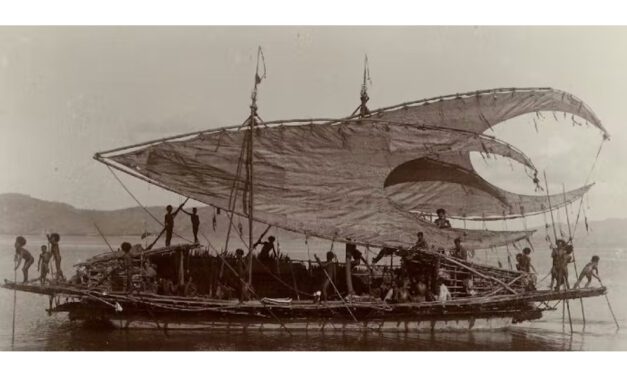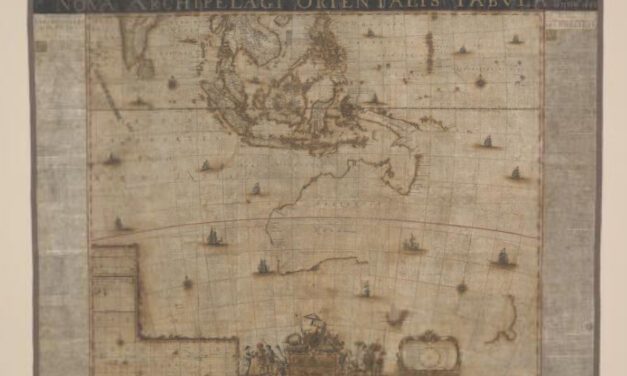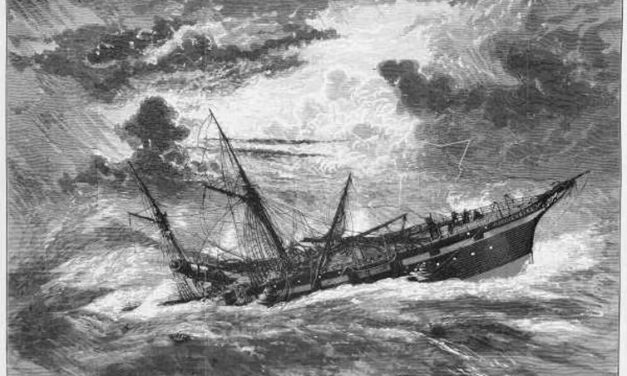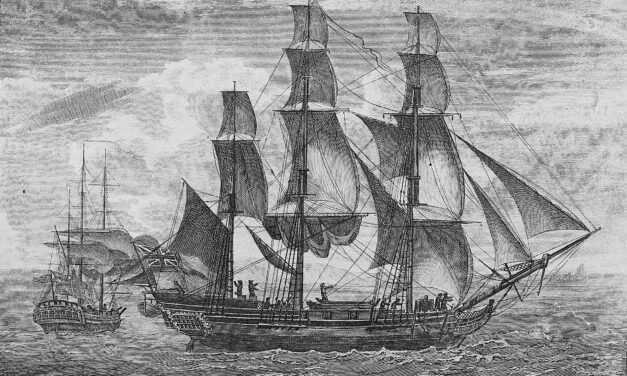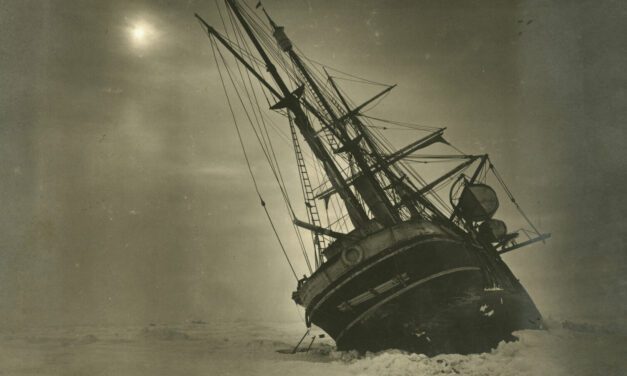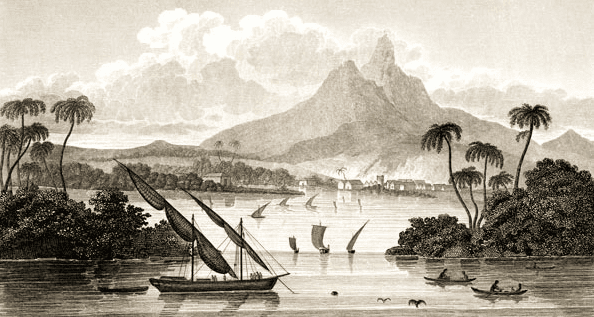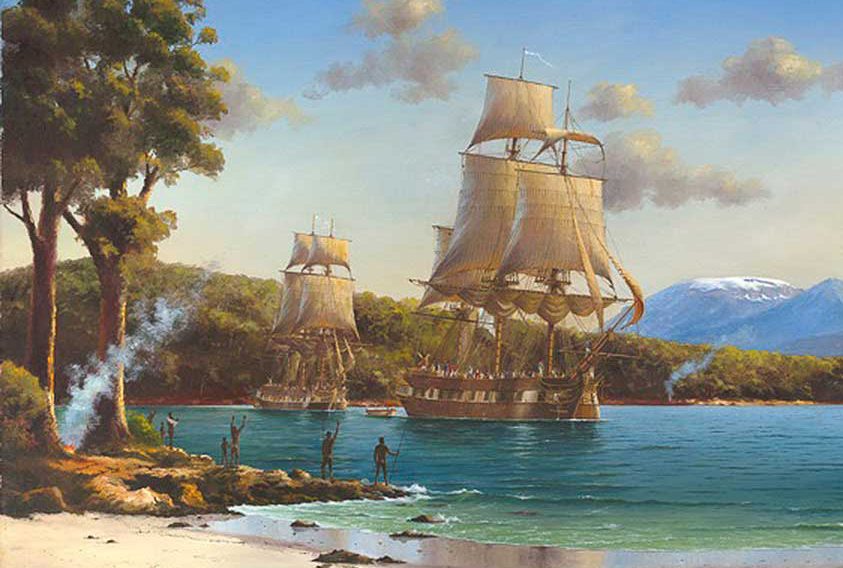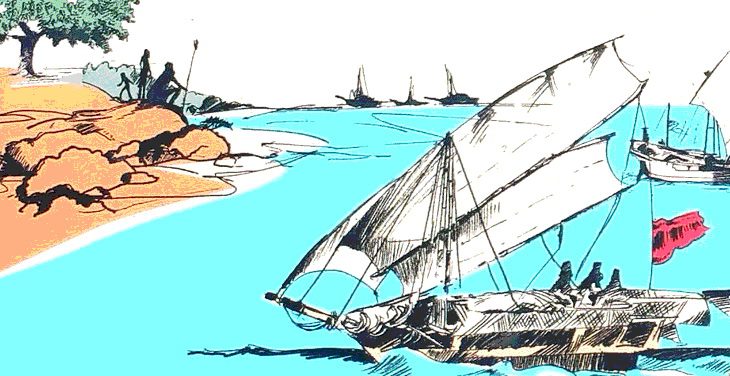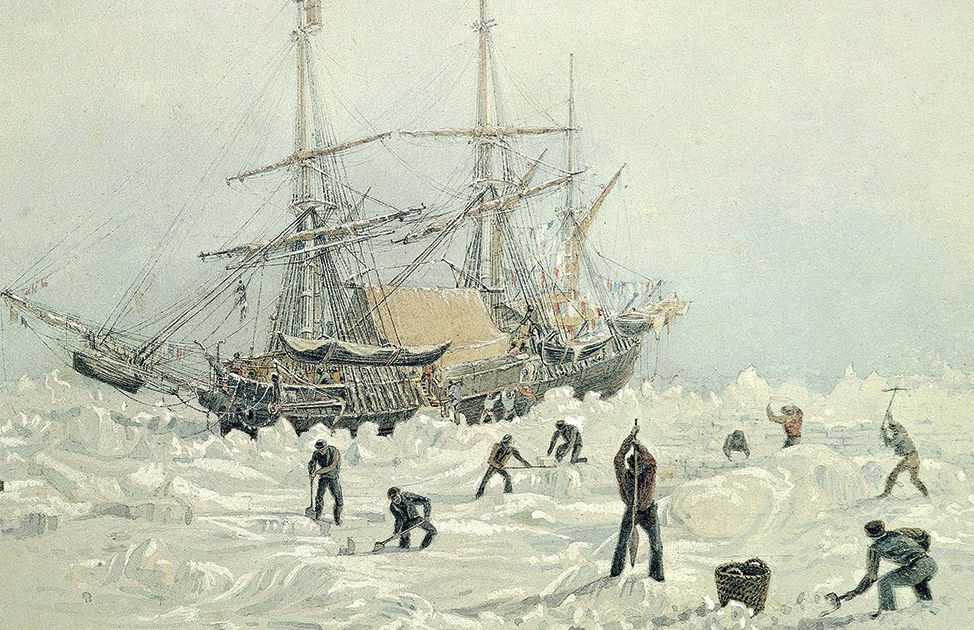Hidden women of history: Maria Sibylla Merian, 17th-century entomologist and scientific adventurer
Reading time: 8 minutes
Most school kids can describe in detail the life cycle of butterflies: eggs hatch into caterpillars, caterpillars turn into cocoons and cocoons hatch. This seemingly basic bit of biology was once hotly debated. It was a pioneering naturalist, Maria Sibylla Merian, whose meticulous observations conclusively linked caterpillars to butterflies, laying the groundwork for the fields of entomology, animal behaviour and ecology.


